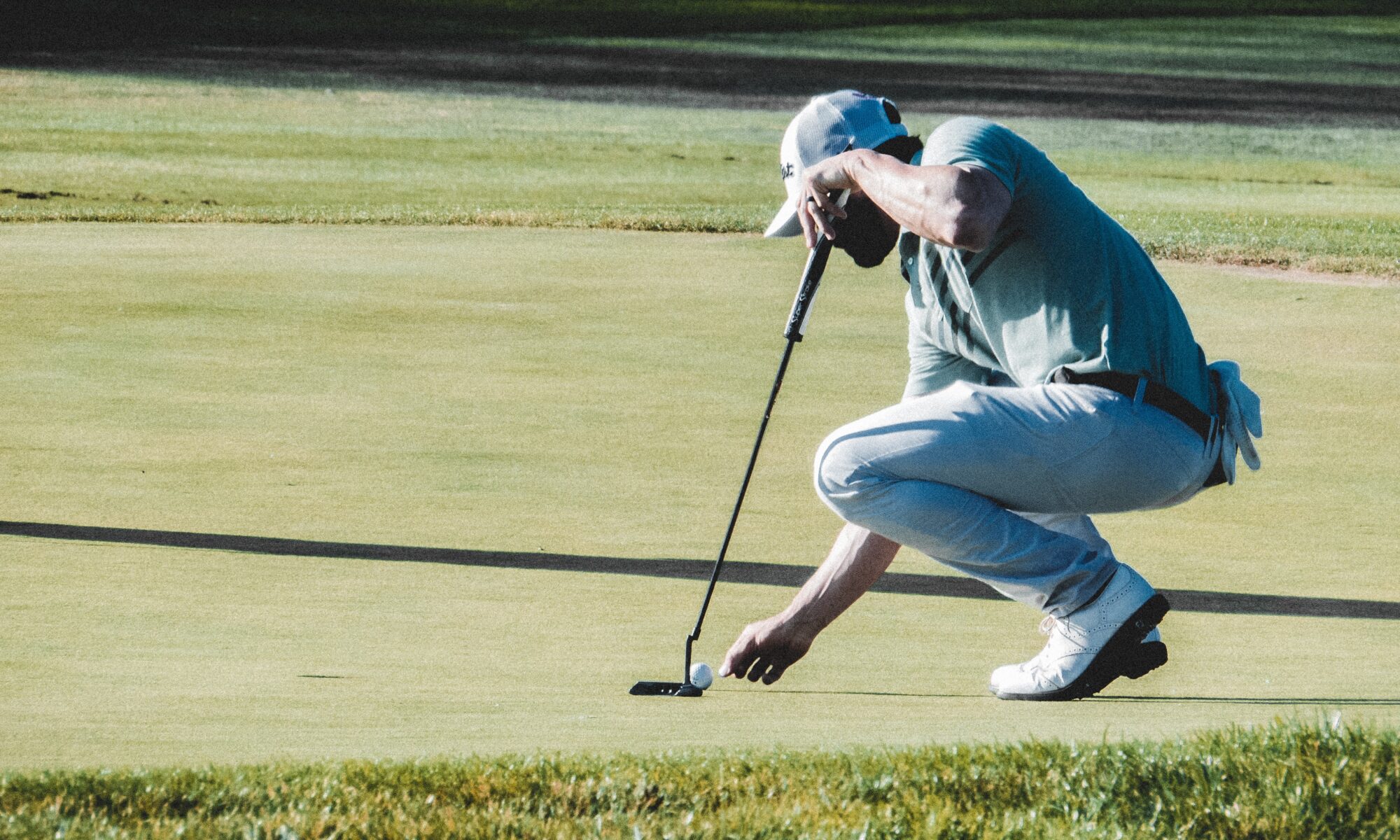By Kevin Cotter, PGA
The Uncertain Origins of Golf
How and where the history of golf originated is largely unknown and continues to be the subject of much debate. However, it is widely understood that the Scots during the Middle Ages were largely responsible for creating the game of golf we play today, a claim that has undergone substantial scrutiny and numerous challenges over many centuries.
Several forerunners to the history of golf date back to early 1297, and the Dutch have the closest ties to the origin of golf. Further evidence is supported by early 13th-century Dutch literature, which contained numerous references to “golf-like” games with medieval names such as “spel mitten colve” (play with club).
The Role of the Scots in Shaping Modern Golf
Commerce between Scotland and Holland blossomed throughout the North Sea trade route during the beginning of the Middle Ages. Sailors and traders often became stranded or delayed due to bad weather. They became perfect candidates to become introduced to a new and better way to enjoy their leisure time. They began participating in their favorite local sports of the day. In many instances, some of the players shown in Dutch pictures wore kilts, indicating they were Scottish visitors.
The 19th Hole Tradition: Celebrations in Golf’s Early Days
The first written word of golf in Scotland dates back to 1457, when golf was declared illegal. In Holland, the earliest written record dates back to 1297 and describes a cross-country version of a game with four players to a side, playing four holes with the objective being to strike the doors of pre-selected buildings with the ball along the way, the equivalent today of “holing out.” The prize for the winning side was often a barrel of beer, indicating that celebrating at the “19th hole” is a long-standing time-honored tradition.
The Rise of Golf Festivals and Markets
The history of golf also shows Scottish and Dutch people jointly attending many festivals, fairs, and extensive market gatherings, where among the countless items sold were leather-covered balls stuffed with feathers or cow hair. The only other early-style golf ball we know of was made of wood. Interestingly, during the middle of 1600, the Scottish king appointed a “golf ball maker” to balance the trade deficit better because the feathery golf ball was expensive.
Holland’s Claim to Golf’s Origins
One might assume from this information that one could reasonably make a strong case for Holland being labeled “the true founder of golf.” But looking beyond the Dutch border, historical records indicate that Belgians played a similar stick and ball game called “chole,” derived from Italy. But, these were one-club contests, with some of those clubs being used to perform more than one type of shot. Modern-day golf as we know it today is played with various clubs, up to fourteen, according to the official USGA Rules of Golf and the Royal and Ancient Golf Club of St. Andrews.
The Growth of Golf as a Large-Scale Sport
Also, the game today is played over a large area, frequently exceeding 100 acres, using a small ball. The primary object is to stroke the ball into the hole in the fewest strokes possible from a designated starting area (teeing ground). For the most part, the Scots developed and propagated the game of golf as we know it today. Clearly, they deserve much of the credit for the game.


